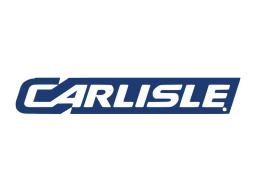

Other manufacturers with similar products
EPD: Polyisocyanurate (PIR) roof insulation boards, glass fiber reinforced cellulosic faced (GRF), 0.846 kg/m2 (1.87 lb/m2), 25 mm (0.984 in) (Atlas Roofing Corporation, Carlisle Construction Materials, Firestone Building Products, GAF, IKO, Johns Manville, Rmax - A Sika Brand, Soprema, Inc. (USA))
Polyisocyanurate (polyiso) is a cellular closed-cell rigid foam plastic insulation. The polyiso roof insulation boards consist of a foam core sandwiched between two facers (top and bottom). The foam core is comprised of a thermoset polymer that hardens by curing from a viscous liquid prepolymer. The rigid foam is produced through the reaction of methylene diphenylene diisocyanate (MDI) with polyester polyol. Other additives such as catalyst, surfactant, flame retardant, and blowing agent (pentane or pentane blends) are part of the formulation. Pentane is a hydrocarbon with negligible ozone depletion potential (ODP) (U.S. EPA, 2018) and low global warming potential (GWP) (U.S. EPA, 2020). For nearly 20 years, the polyiso industry has only utilized pentane or pentane blends in product formulations. Upon mixing of the components, the viscous pre-polymer is laid between the facers, and a chemical reaction cross-links polymer chains creating a rigid and durable cellular structure. For roofing applications, the most common facer is a glass fiber reinforced cellulosic facer (GRF) produced predominantly from recycled post-consumer and/or post-industrial fibers. Polyiso roof insulation is also manufactured with polymer-bonded coated glass facer (CGF), consisting of a glass fiber mat coated with polymers. Both facer types play a critical role in accommodating a continuous manufacturing process.



